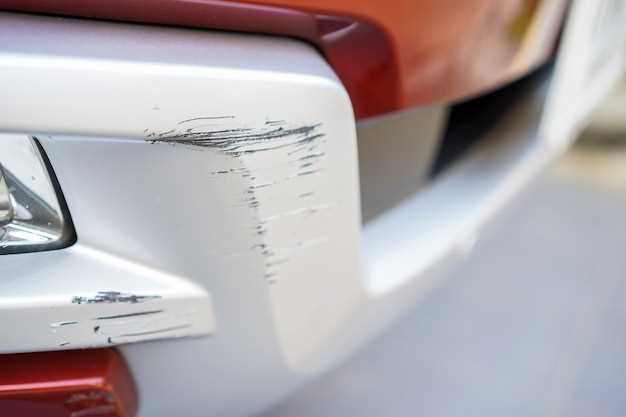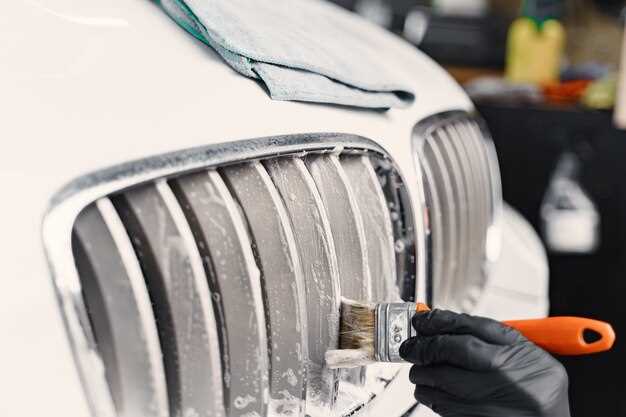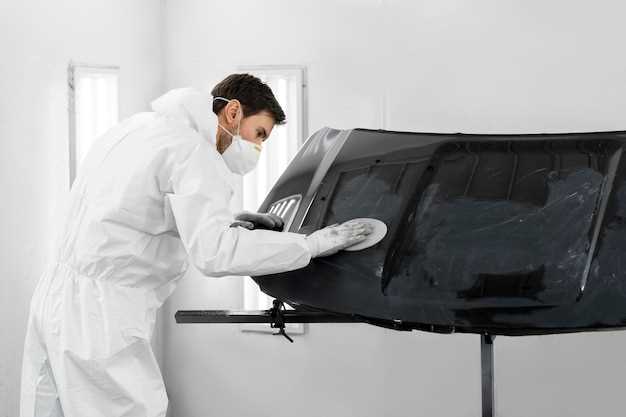
When it comes to selling a used car, the condition of the vehicle plays a crucial role in determining its resale value. One of the most visible aspects of this condition is the state of the car’s paint. Over time, exposure to the elements can lead to fading, which not only affects the car’s aesthetic appeal but also significantly influences its market pricing.
Faded paint is often a red flag for potential buyers, who may perceive a lack of maintenance or care. This perception can lead to lower offers, thereby decreasing the overall resale value of the vehicle. Understanding how fading occurs and its implications on the car’s worth is essential for anyone looking to sell a used vehicle, as it can mean the difference between a profitable sale and a disappointing one.
In summary, addressing paint fading is not merely an aesthetic consideration; it is a vital aspect of maintaining your car’s market value. By being proactive about paint care, you can enhance both the appearance and pricing potential of your used car, ensuring a more favorable outcome when it comes time to sell.
Impact of Paint Condition on Used Car Pricing Trends

The condition of a car’s paint plays a crucial role in determining its resale value. Fading paint can significantly diminish a vehicle’s appeal, leading to lower offers from potential buyers. Here are several key factors to consider regarding how fading affects used car pricing:
- Perception of Care: A car with faded paint may give the impression that it has not been well maintained. This perception can lead buyers to question the overall condition of the vehicle.
- Market Demand: Vehicles with vibrant, well-preserved paint often attract more interest in the used car market, driving higher prices. Conversely, cars with fading paint may struggle to sell.
- Cost of Restoration: Potential buyers may factor in the cost of repainting or restoring faded paint when making purchasing decisions. This can lead to lower offers that reflect anticipated repair expenses.
- Color Popularity: The color of the paint can also impact pricing trends. Some colors are more desirable, and if they fade, it can affect how buyers perceive value in the used market.
- Seasonal Considerations: Certain times of the year may see increased demand for well-maintained vehicles. Cars with faded paint may be less appealing during peak buying times, further straining their value.
In summary, the fading of a car’s paint can have a profound impact on its resale price. Buyers often prioritize appearances, and faded paint can turn potential interest into skepticism, ultimately leading to reduced offers and longer time on the market.
Common Causes of Paint Fading and Prevention Tips
Fading paint is a common issue that can significantly impact the resale value of a used car. Understanding the primary causes of paint fading is essential for preventing this problem and maintaining the vehicle’s appearance.
1. UV Radiation: Prolonged exposure to the sun’s ultraviolet rays is one of the leading causes of paint fading. Over time, UV rays break down the chemical bonds in the car’s paint, leading to discoloration and dullness.
2. Environmental Factors: Contaminants such as road salt, bird droppings, tree sap, and acid rain can damage the paint surface and accelerate fading. These elements can erode the clear coat that protects the paint beneath.
3. Improper Cleaning: Using harsh chemicals or abrasive materials during washing can scratch and damage the paint. This degradation exposes the paint to elements that can cause fading.
4. Low-Quality Paint: Some manufacturers use lower-quality paints, which may not have the durability or UV protection of higher-grade options. Cars with such paint are more susceptible to fading.
Prevention Tips:
1. Regular Waxing: Applying a high-quality wax every few months can provide an extra layer of protection against UV rays and environmental contaminants.
2. Parking in Shade: Whenever possible, park your used car in a garage or under cover to minimize sun exposure.
3. Routine Washing: Clean your vehicle regularly using gentle cleaners and microfiber cloths to avoid scratches. This helps maintain the integrity of the paint and prevents fading.
4. Protective Coatings: Consider applying a ceramic coating or sealant that offers extended protection against UV rays and environmental factors, preserving the paint for longer.
By addressing these common causes and implementing prevention strategies, car owners can maintain the paint’s vibrancy and, in turn, protect their vehicle’s resale value.
Estimating Repair Costs for Faded Paint Before Resale

When it comes to selling a used car, the appearance plays a crucial role in determining its resale value, with paint condition being a significant factor. Fading paint can make a vehicle look older and less attractive, potentially deterring prospective buyers. To maximize the resale value, assessing the costs associated with restoring faded paint is essential.
Repairing faded paint typically involves two main options: partial repainting or a complete paint job. The costs associated with these repairs can vary significantly depending on the extent of the fading and the type of finish desired. For minor fading, a professional detailer may recommend a polishing treatment, which could range from $100 to $300. This method can revive the paint’s shine without the need for a full repaint.
In cases where fading is more severe, a partial repaint might be necessary. This process usually targets specific panels that have experienced the most wear and can cost between $300 and $1,000 depending on the color and quality of paint used. It’s advisable to obtain quotes from several body shops to ensure a fair price.
If extensive fading has occurred throughout the car, a complete repaint may be the best solution to achieve a uniform appearance. A full paint job can range from $1,500 to upwards of $5,000, depending on the vehicle type, quality of materials, and labor involved. This option, while more expensive, can significantly enhance the car’s resale potential by restoring its overall aesthetic appeal.
In conclusion, estimating repair costs for faded paint is critical in the resale process of a used car. By addressing the fading issue through appropriate repair options, sellers can potentially increase their vehicle’s market value and attract more buyers willing to pay a premium for a well-maintained appearance.






